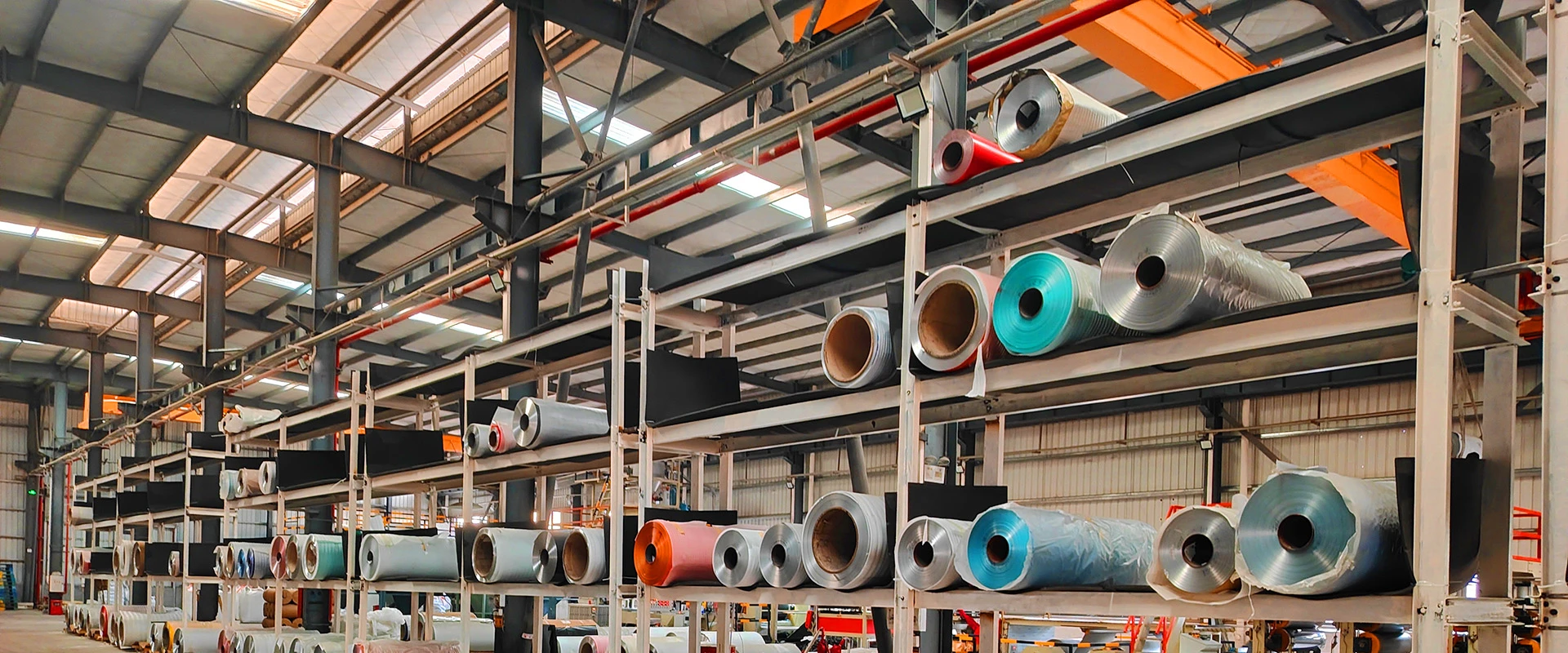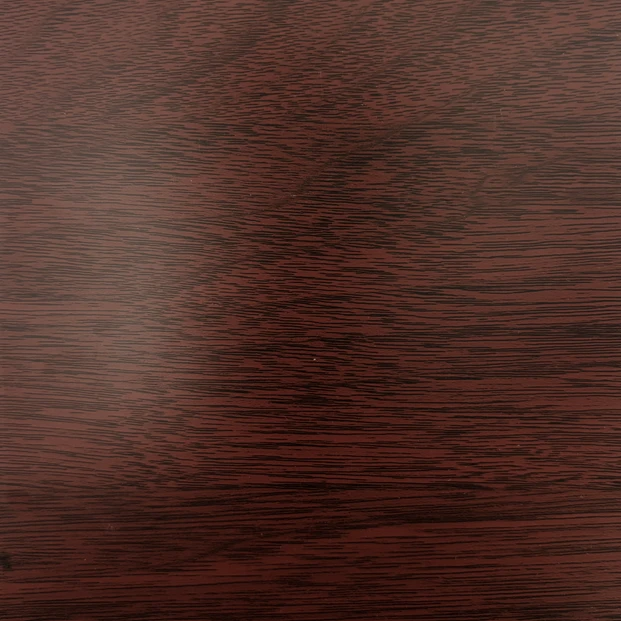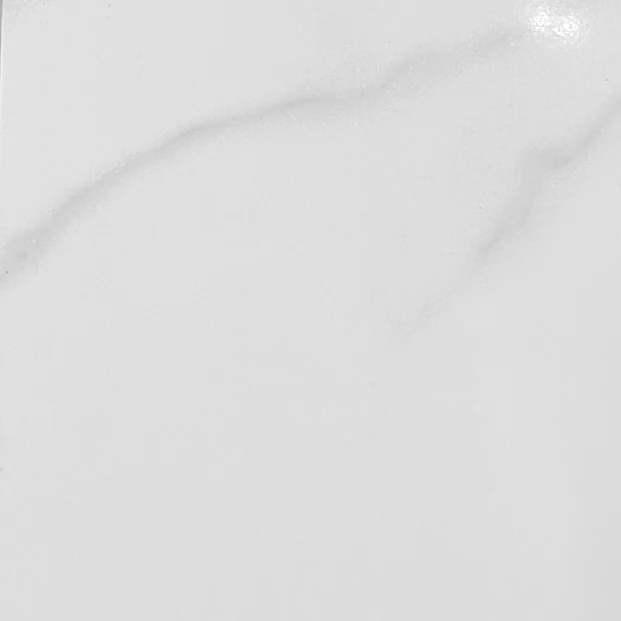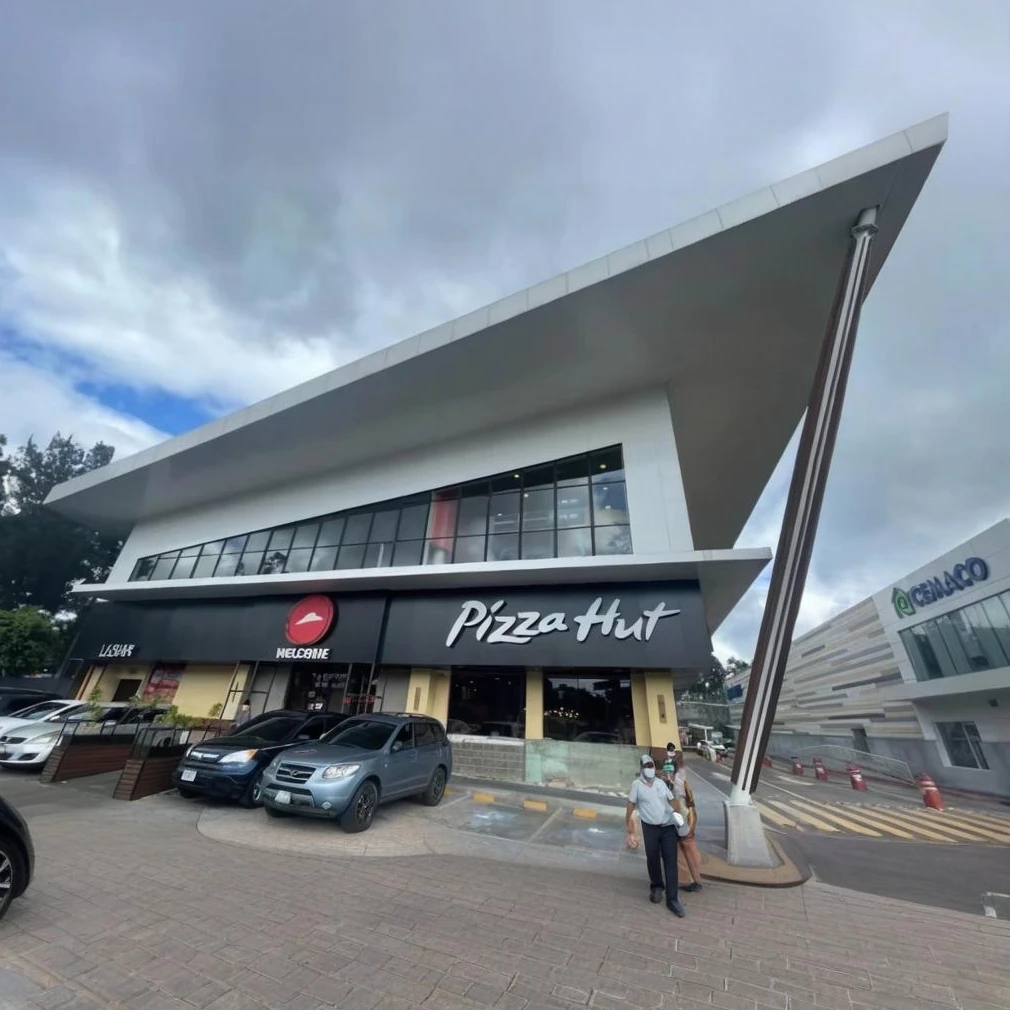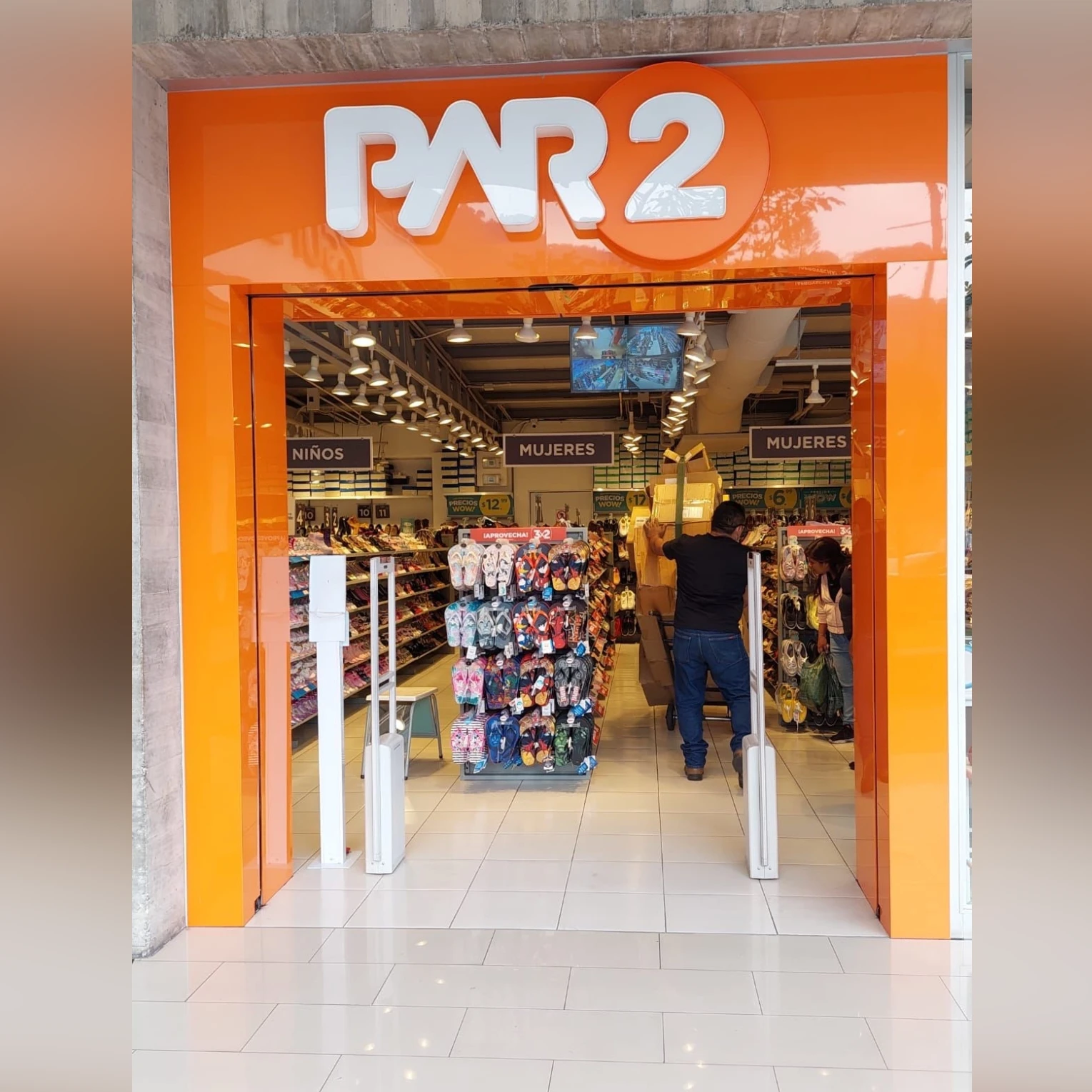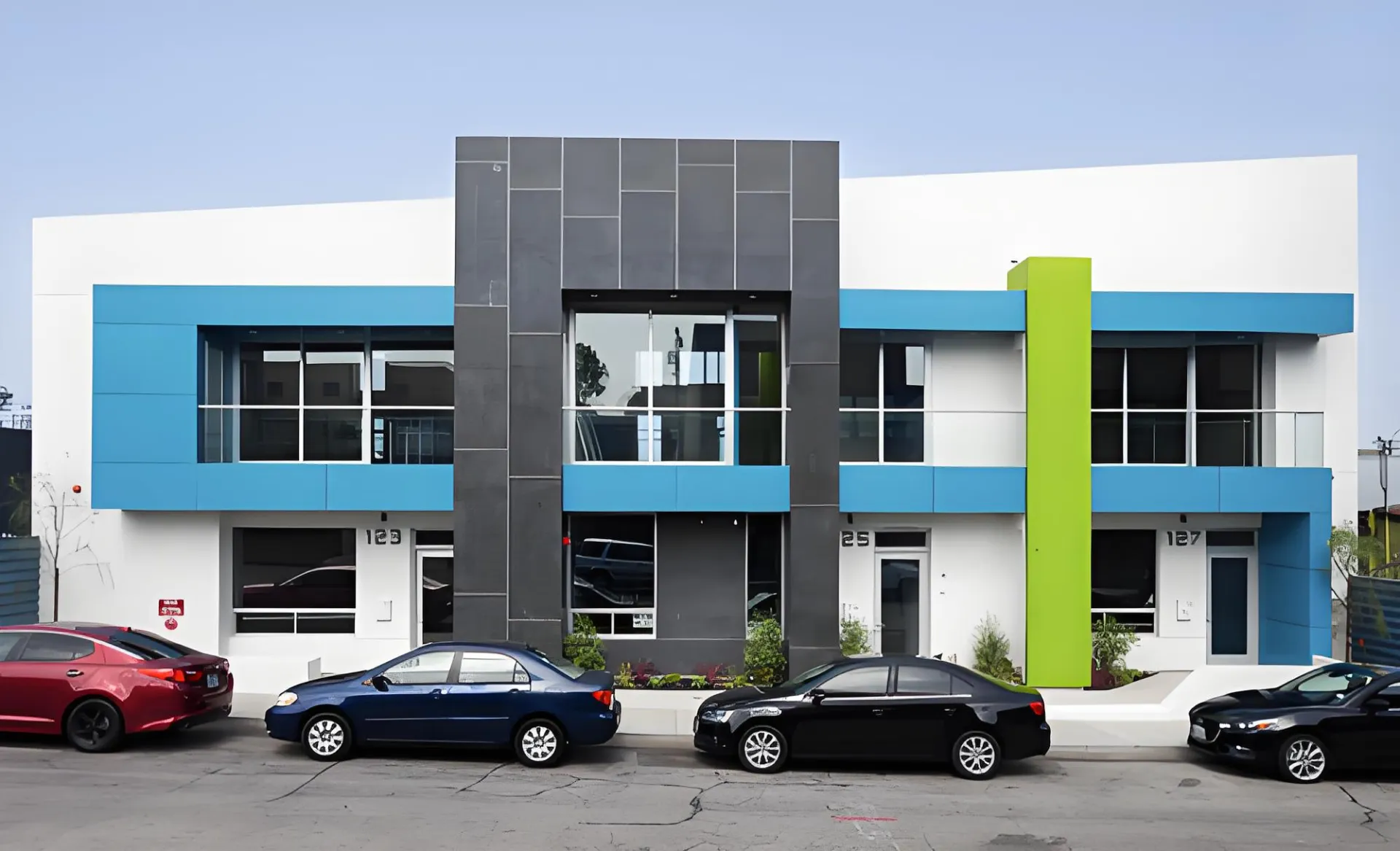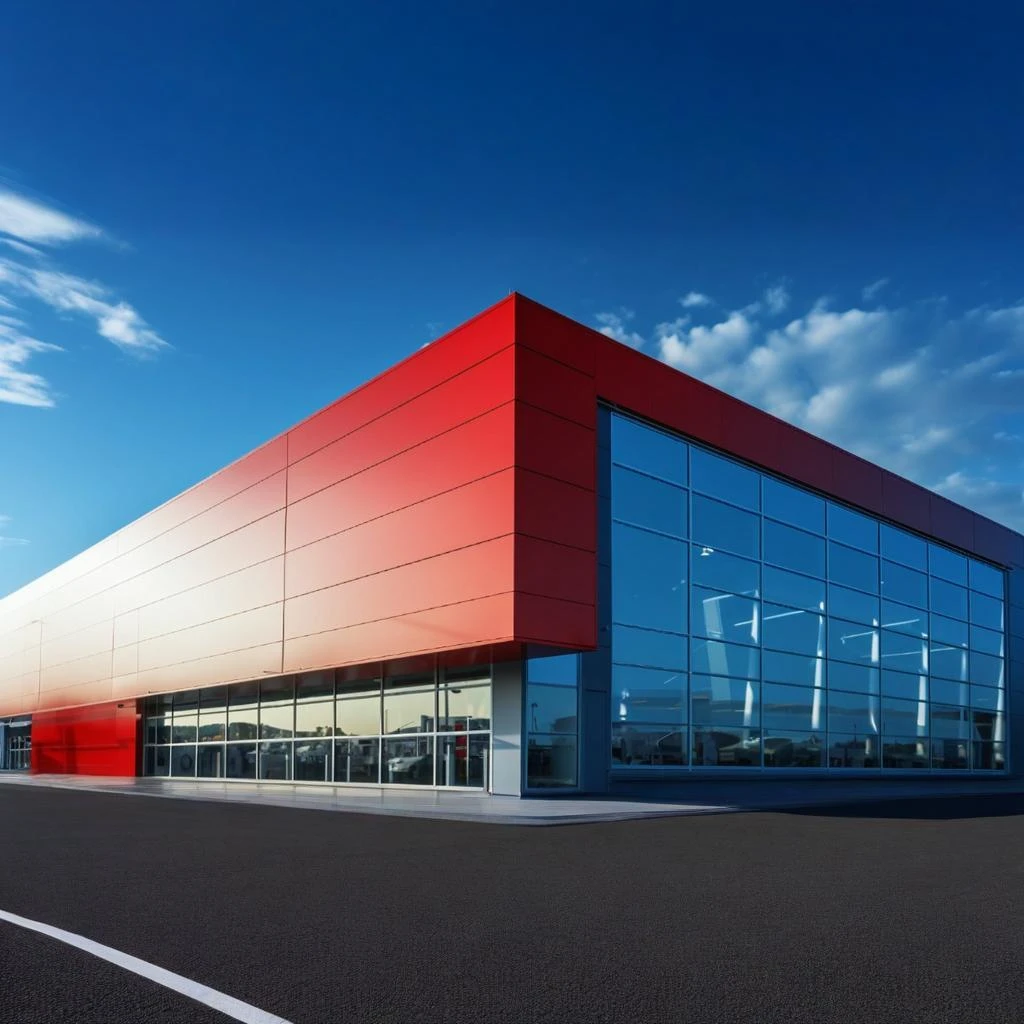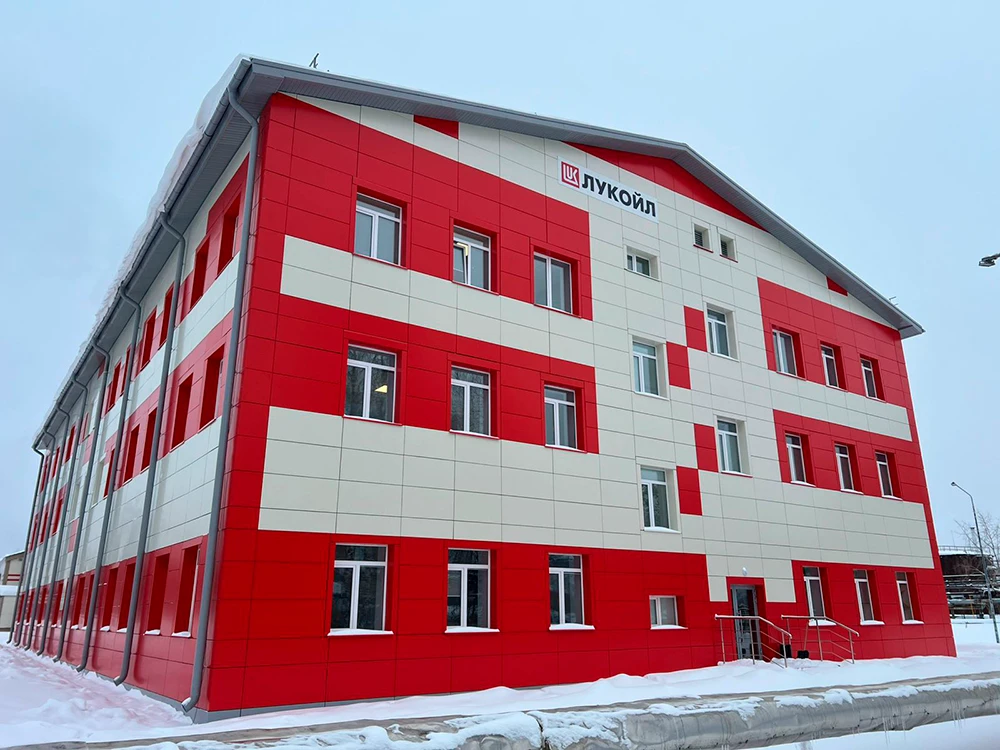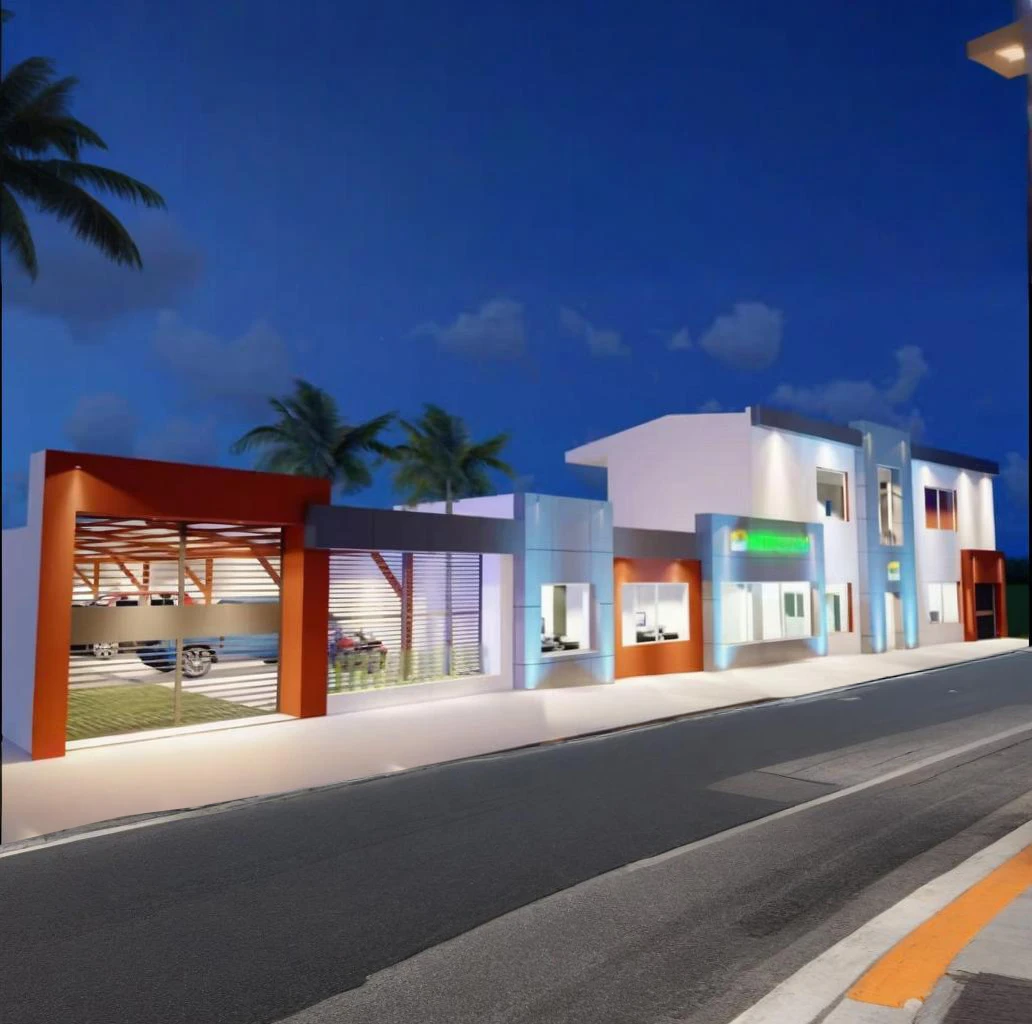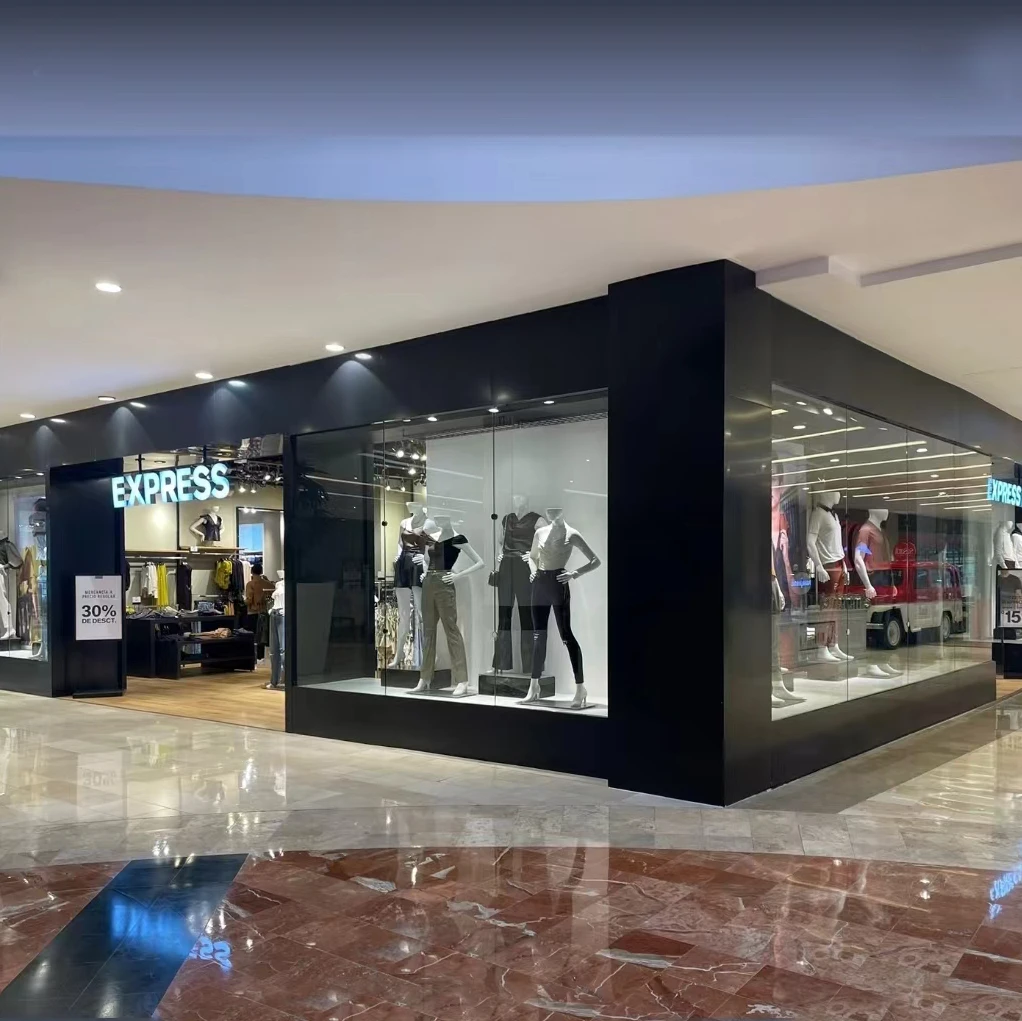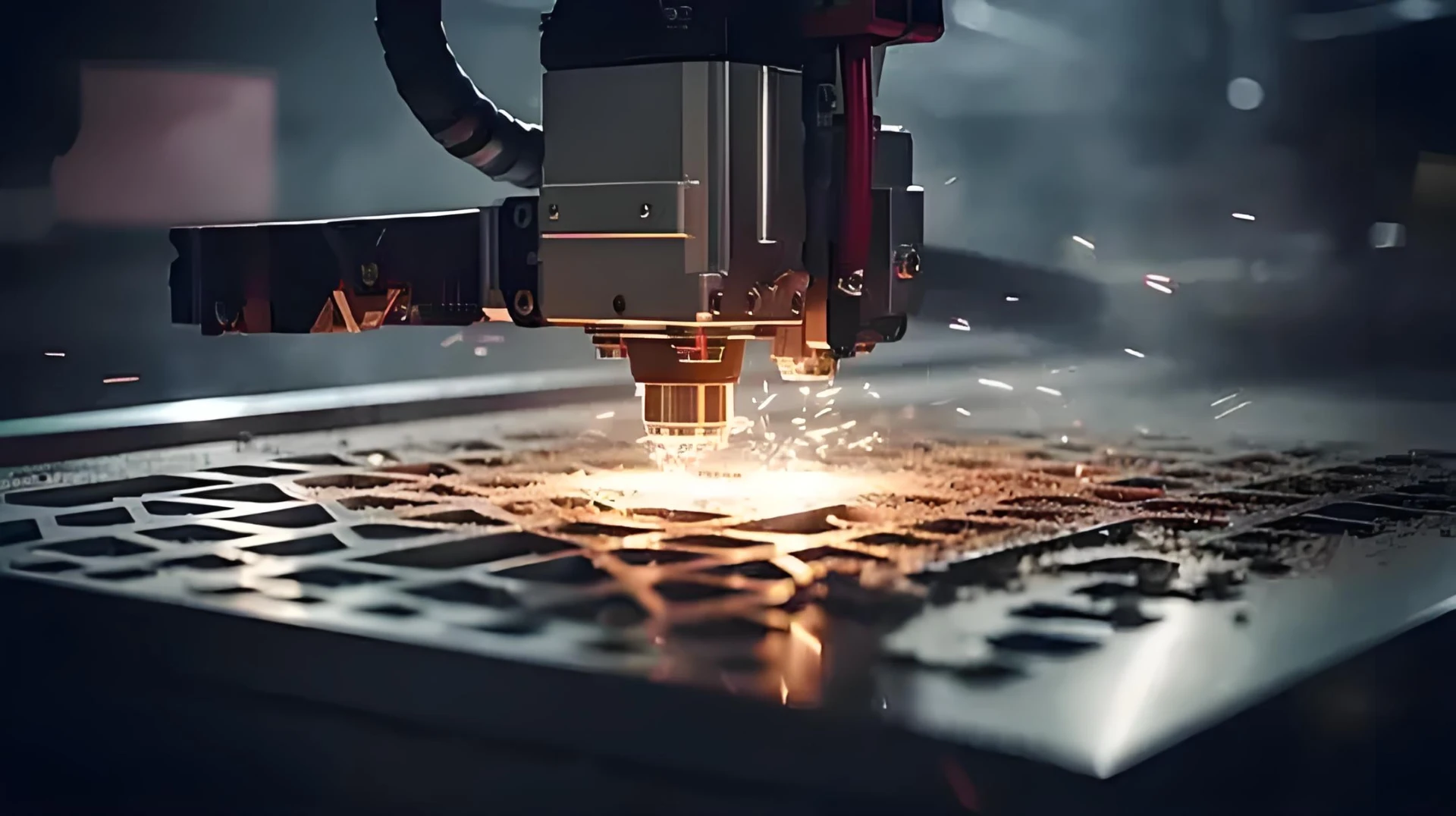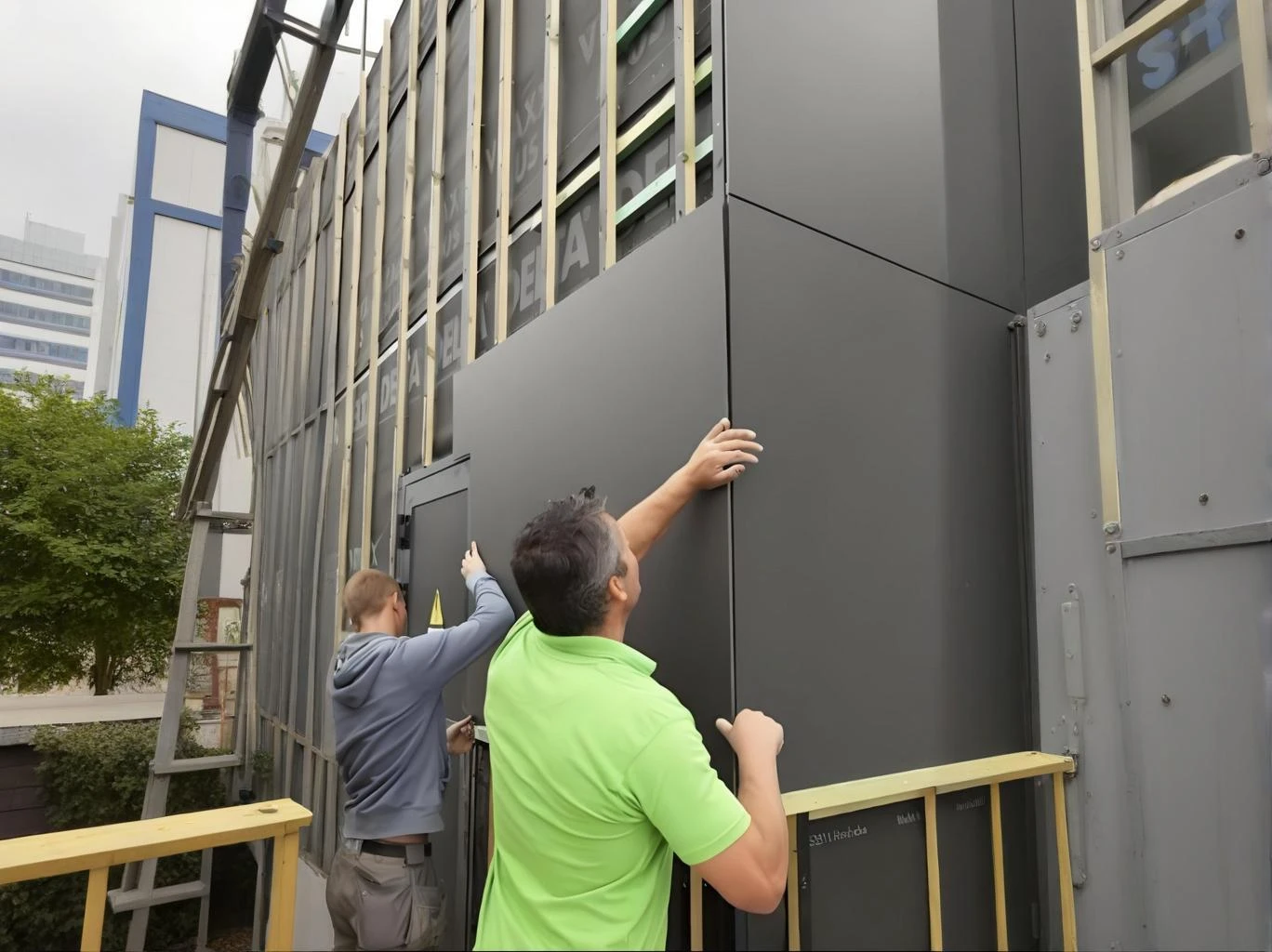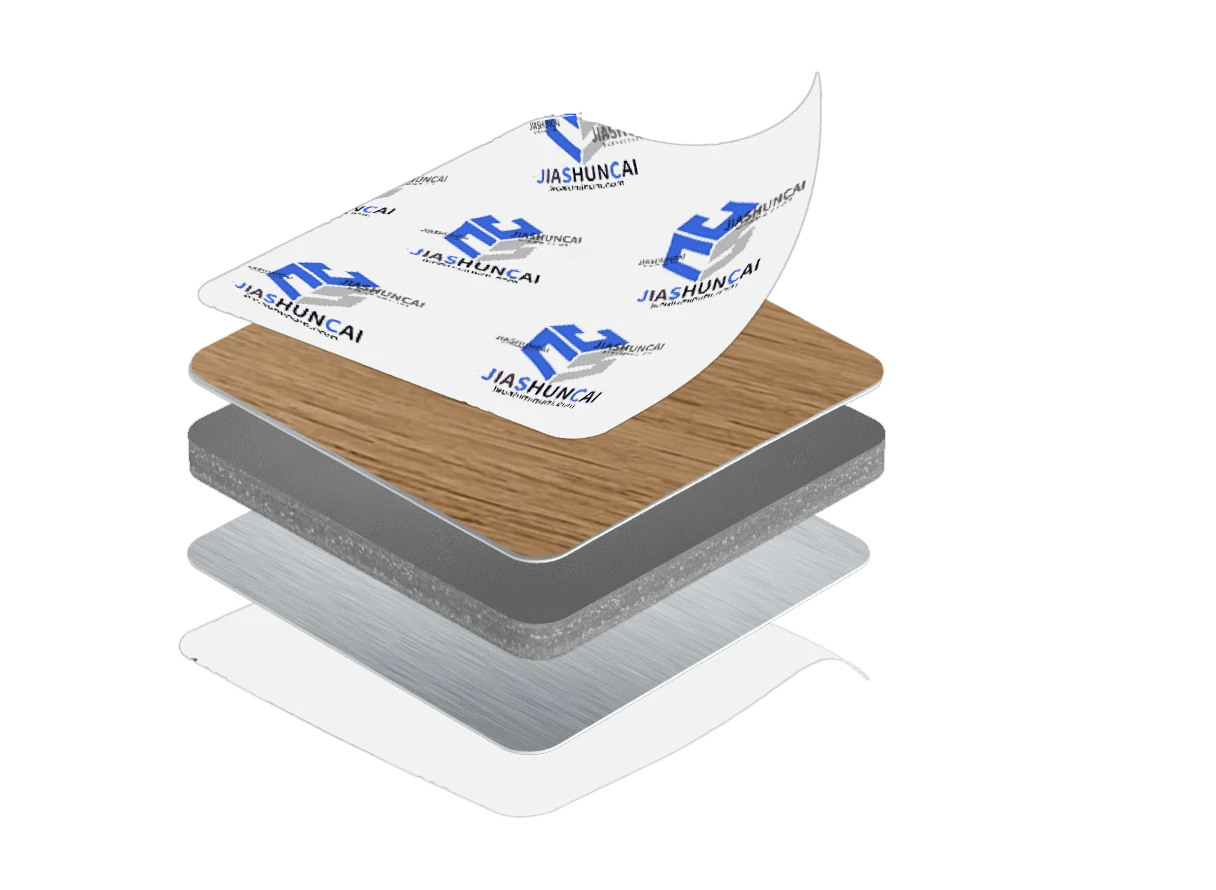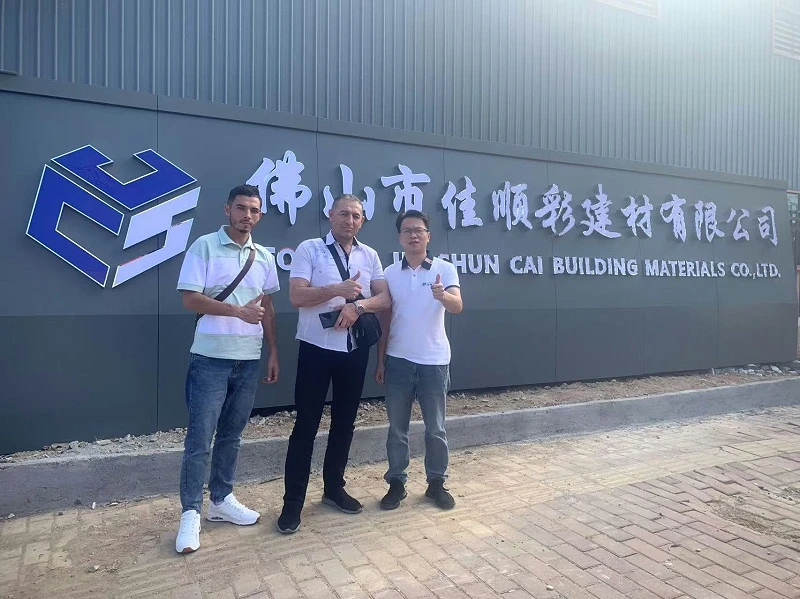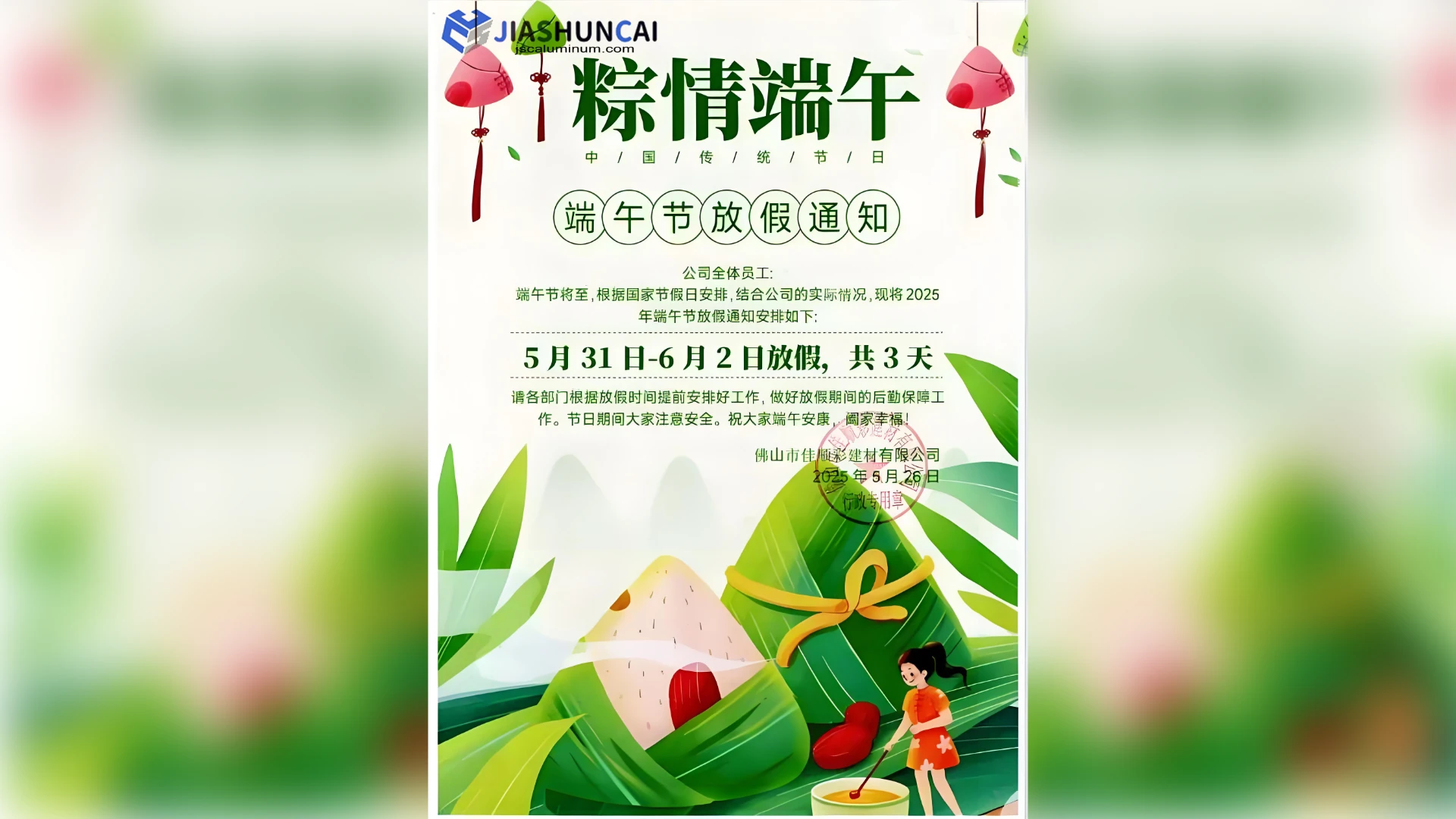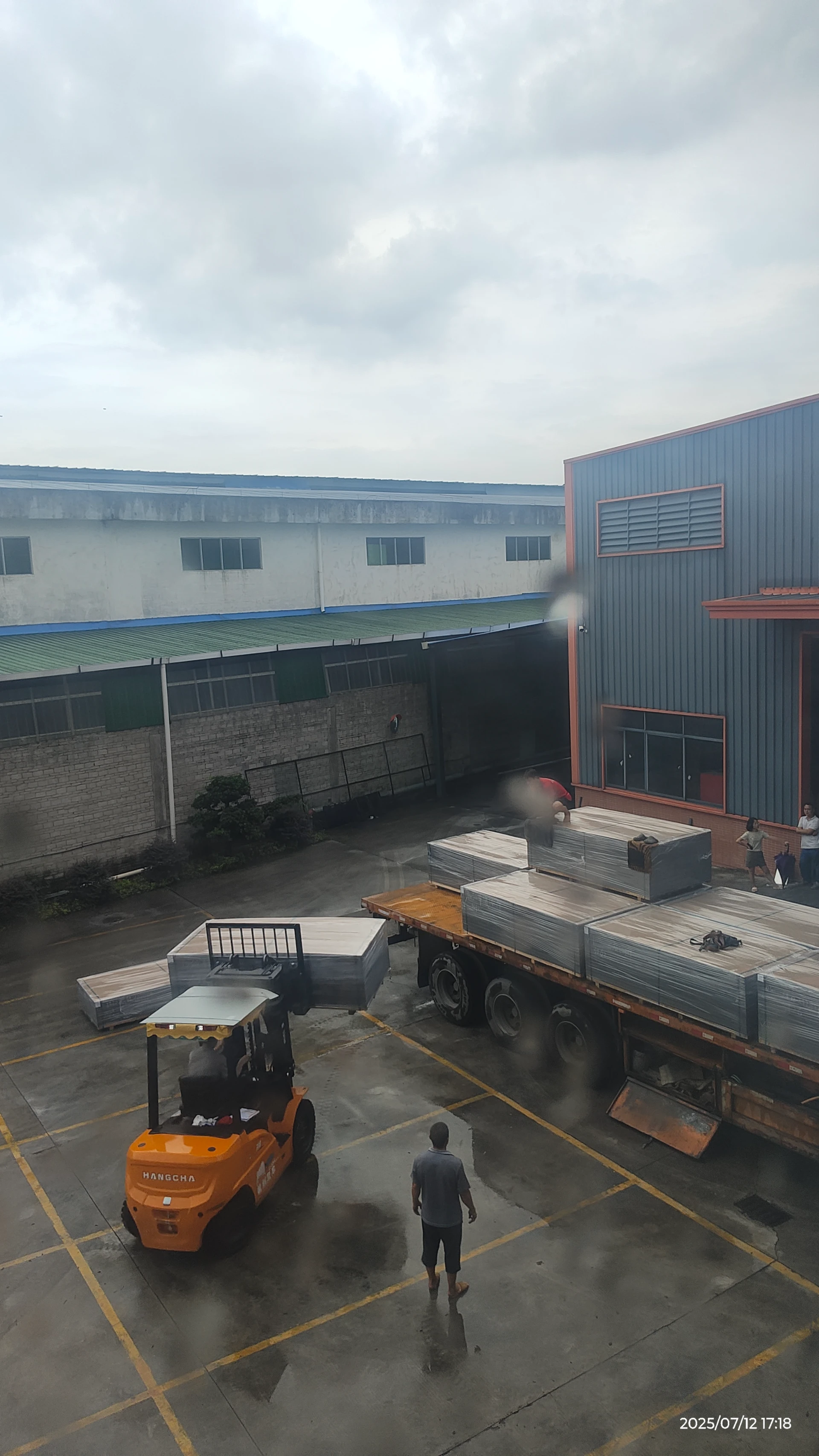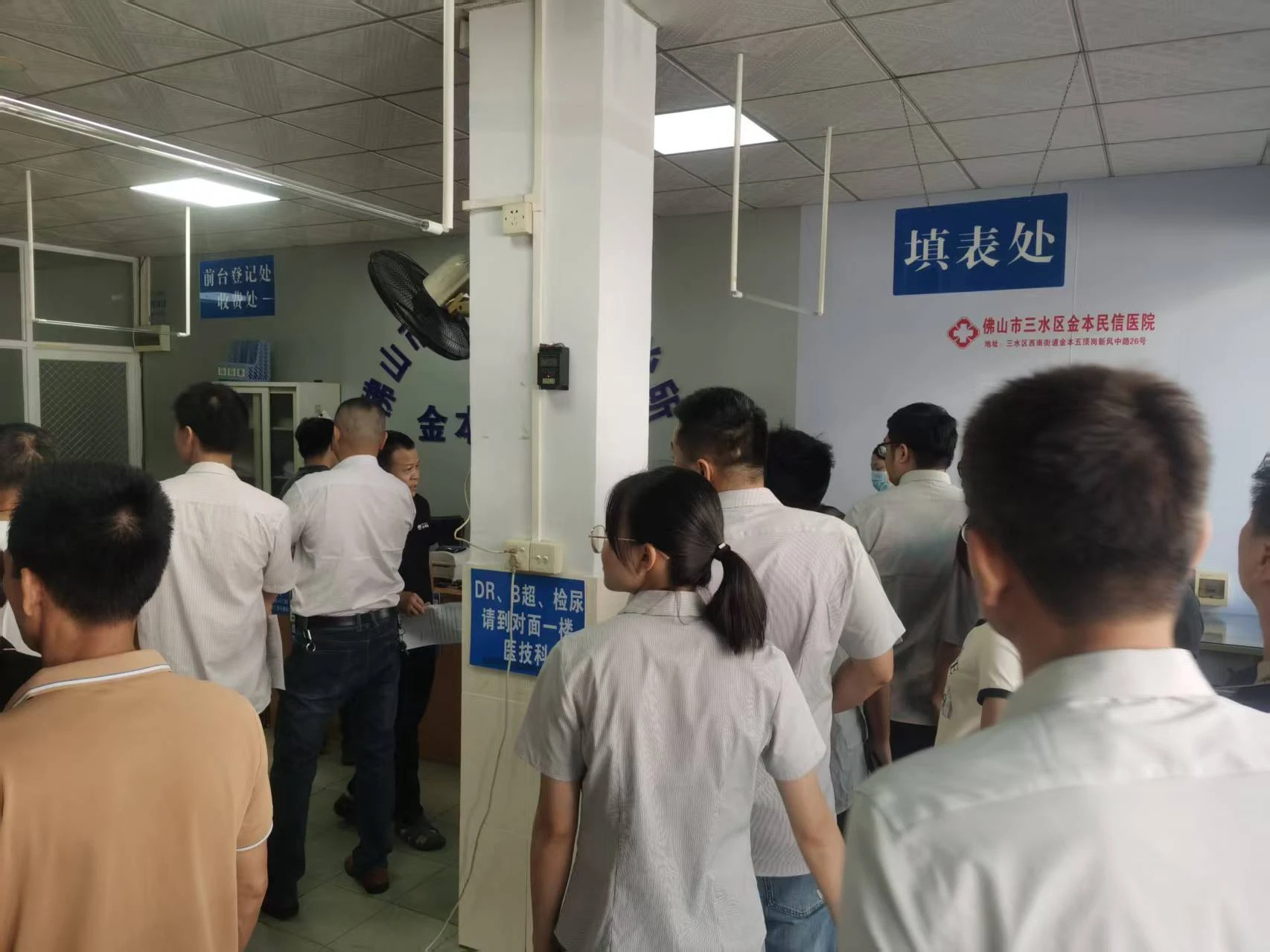Detalles do produto
The deep red cherry wood-colored layer replicates the fine texture of natural wood through thermal transfer or roller coating techniques, imparting a natural feel to aluminum composite panels while retaining the lightweight and high-strength properties of metal composites (density around 2.5g/cm³, flexural strength ≥109MPa). This achieves a balance between traditional wooden textures and modern industrial performance. The base material of aluminum composite panels does not contain harmful substances such as formaldehyde, and its surface fluorocarbon coating is resistant to ultraviolet rays and corrosion, with a service life of over 20 years, avoiding the defects of natural wood such as decay and high maintenance costs. Deep red cherry wood color belongs to a high-saturation color system within warm tones and has the following design languages: Retro and luxury: The hue close to rosewood gives buildings a sense of historical depth, suitable for classical or new Chinese styles; Warmth and inclusiveness: Reduces the cold hardness of spaces, suitable for hotels, clubs, and other scenarios requiring a private and cozy atmosphere. Material comparison: When paired with glass curtain walls and metal grilles, it creates a modern aesthetic of 'harmony between rigidity and softness'; Light and shadow interaction: The concave and convex wood grain texture produces subtle shadow changes under sunlight, enhancing dynamic visual layers. As a modern interpretation of classic wood colors, deep red cherry wood color resonates with Eastern architecture's preference for natural materials while showcasing contemporary technological aesthetics through industrial production. It reduces deforestation by substituting real wood and aligns with green building concepts, achieving full lifecycle environmental protection through metal recycling. In commercial spaces, it is suitable for the exterior facades of luxury stores (such as deep red wood grain aluminum composite panels paired with golden metal lines) to convey a high-end brand tone, or for restaurant space partitions to create a warm dining environment. In cultural buildings, it is used in museums, theaters, and other public buildings to soften the industrial feel of metals and enhance cultural affinity. For old building renovations, it serves as an update material for historical building facades, preserving traditional visual symbols while meeting modern fire safety regulations.

